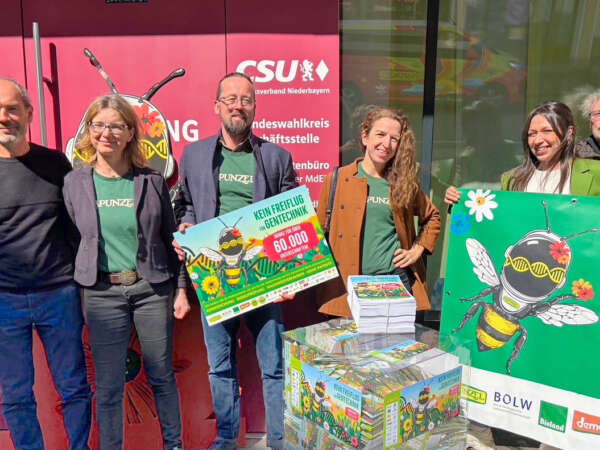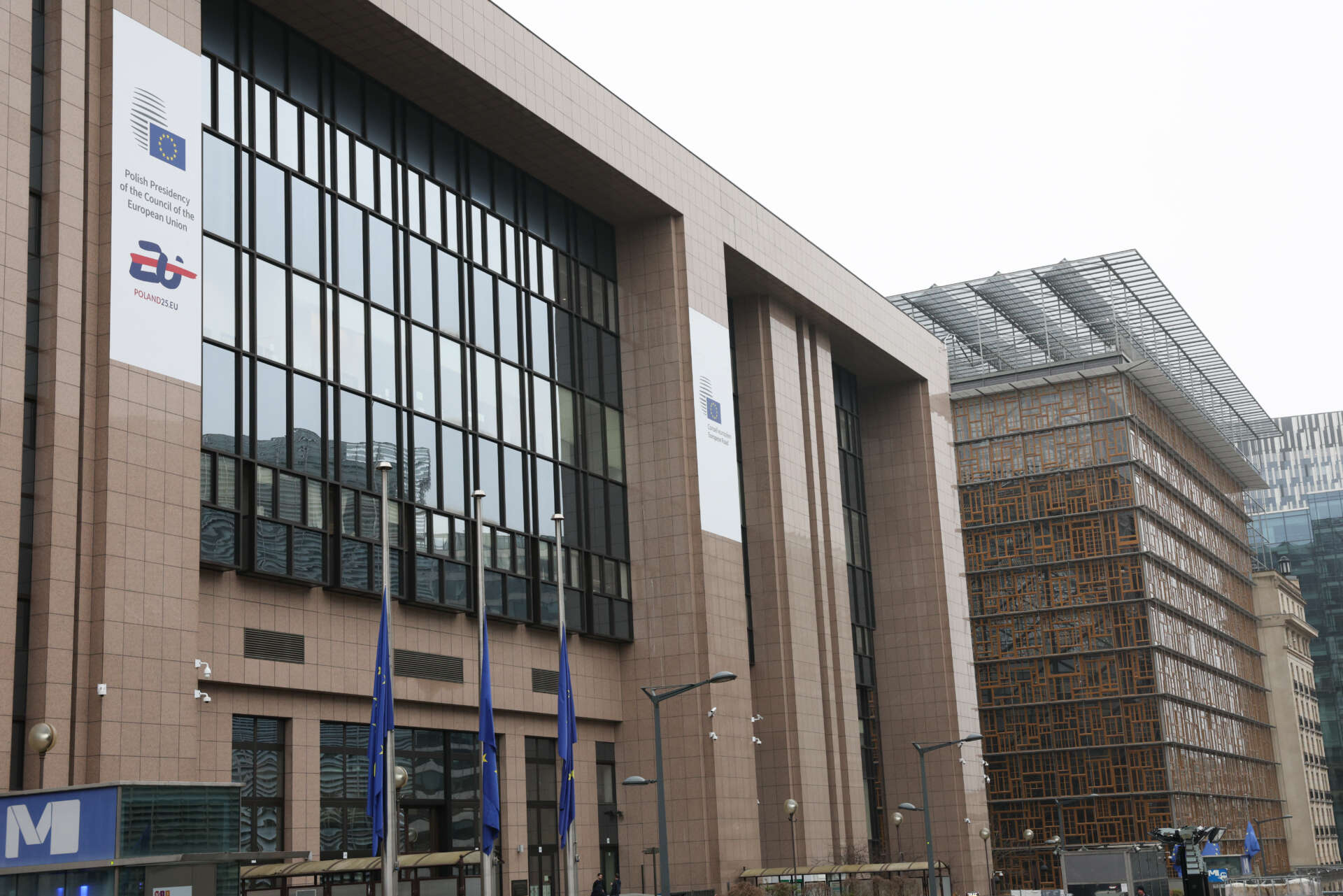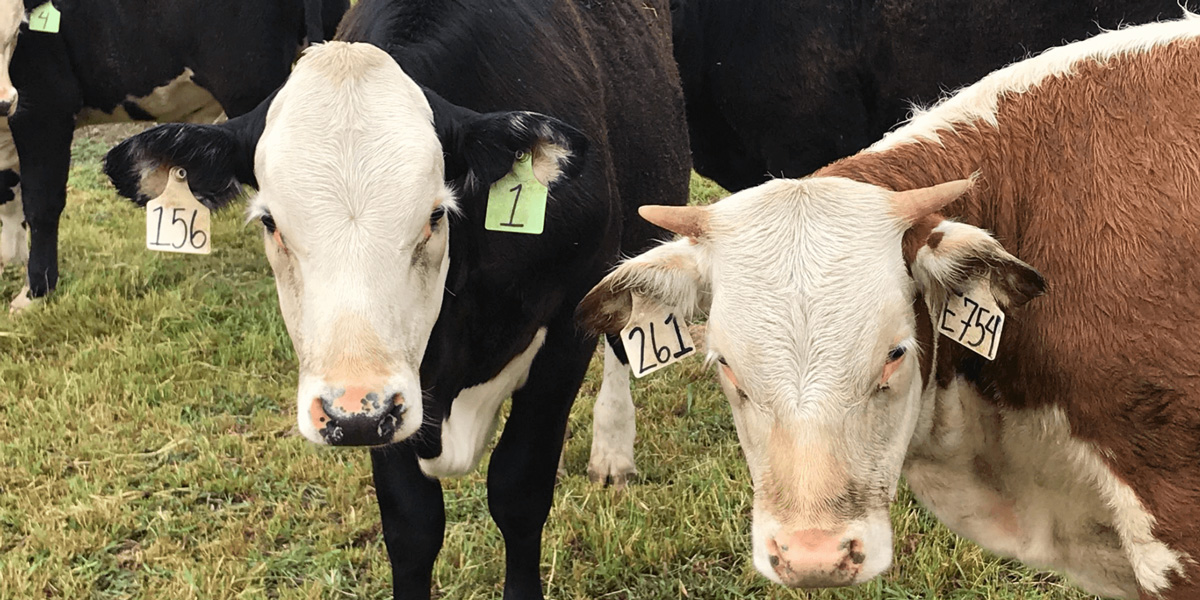Save Our Seeds was founded in 2002 as the Berlin office of the Foundation on Future Farming. Since then, we have been campaigning for responsible regulation of genetic engineering. We work for agroecological and organic innovation in European and global agriculture.
NEWS

60,000 People demand labeling of Genetically Modified Organisms
The campaign "No Free Pass for Genetic Engineering," launched by around 30 associations and organic companies, has collected 60,000 signatures against the deregulation of plants developed using New Genetic Techniques (NGT). The signatories demand consistent labeling, traceability, and risk assessment for NGT plants, as well as protective measures for GMO-free agriculture.
Read more

Council of Ministers agrees on deregulation of GM plants
On Friday 14 March, the 27 EU member states reached an agreement on the deregulation of plants produced using new genetic engineering techniques, known as "new genomic techniques". A qualified majority of member states backed the compromise proposal put forward by the Polish EU presidency. Many agricultural and environmental organisations had criticised the proposal.
Read more

New GM techniques applied to animals: EFSA sees no risks
The European Food Safety Authority (EFSA) sees no new risks from the use of new genetic engineering techniques on animals. Its draft scientific opinion is available for comment until 19 March. Testbiotech has criticised the “wrong approach”.
Read more
PUBLICATIONS
Big Ag prevails as EU ministers surrender to pressure
Brussels, 14 March 2025 – The Council of Ministers today reached an agreement on a position regarding the deregulation of genetically modified (GM) plants. In the Committee of Permanent Representatives (COREPER), the Polish EU Presidency managed to secure a narrow majority for its proposal of 19 February.
Read more
Joint statement on the deregulation of new GMOs
Deregulating new GMOs will cause problems for farmers and breeders. These problems include biopiracy, increased risk of lawsuits against farmers and breeders, administrative burden due to legal uncertainty, increased production costs, risk of losing their business, reduced seed variety and increased vulnerability to pests and diseases.
Read more
Convergence of generative AI and genetic engineering raises new concerns
Berlin and Brussels, 23 January 2025 – A new report released today by Save Our Seeds highlights the increasing use of generative Artificial Intelligence (AI) in the development of genetically modified (GM) plants, raising significant new concerns about their safety.
Read more
